
Scott Sweetman - Spot Finding
Baiting Carp Lakes Rigs Advanced
Scott Sweetman breaks down the importance of attention to detail when it comes to finding the perfect spot.
Spot finding is one of the most important aspects in my fishing. I primarily fish overnight sessions in between work, which over the years has seen me adapt and develop a certain style of angling that works well for me. This is based around observation and investigation.
Once I have found a spot that I think is the one, I will often put all my eggs in one basket, baiting between trips and building towards catching the fish I am after.
First and foremost, I am looking for the fish to show me where they like to feed. You will often see fish showing in the mornings on most lakes, but there will be areas with frequent activity and patterns will start emerging. Once I have taken note of these areas, I will then start investigating. Once I have found a spot that I think is the one, I will often put all my eggs in one basket, baiting between trips and building towards catching the fish I am after. Sometimes these spots are in unfavoured swims, and often small spots. If this is the case, I am happy fishing with just one rod. I will do whatever it takes to fish as effectively as possible.
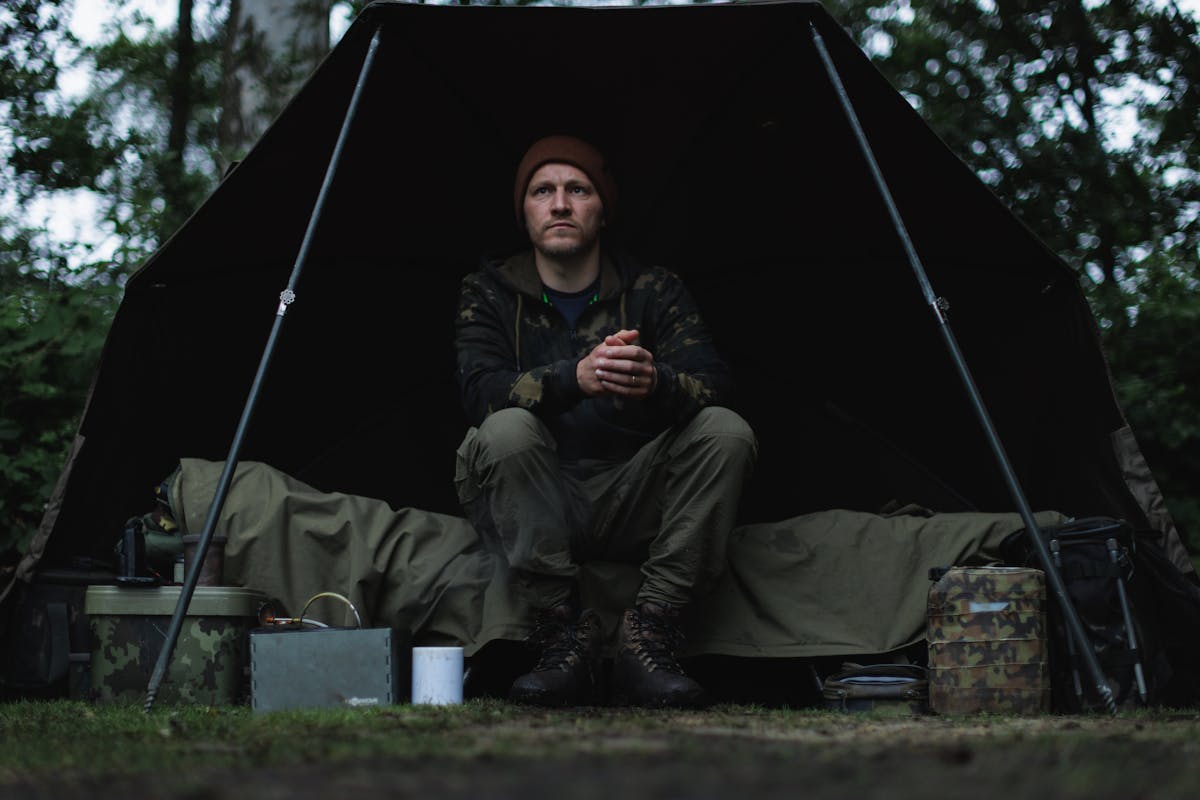
When leading around looking for spots, I am looking for something different to the norm. For example, if the lake is predominantly weedy, I will be looking for small, polished areas of gravel or silt in amongst the weed. Gravel will register small taps on the rod tip, whereas silt will register a smooth pull back with little resistance. Another example is if a lakebed is very clean all over, I would then be looking for any weed growth or softer, siltier areas that are different to the rest of the lakebed. In my experience, those smaller, harder to find spots are where I have had my best results, so it’s worth making that extra bit of effort to find them.
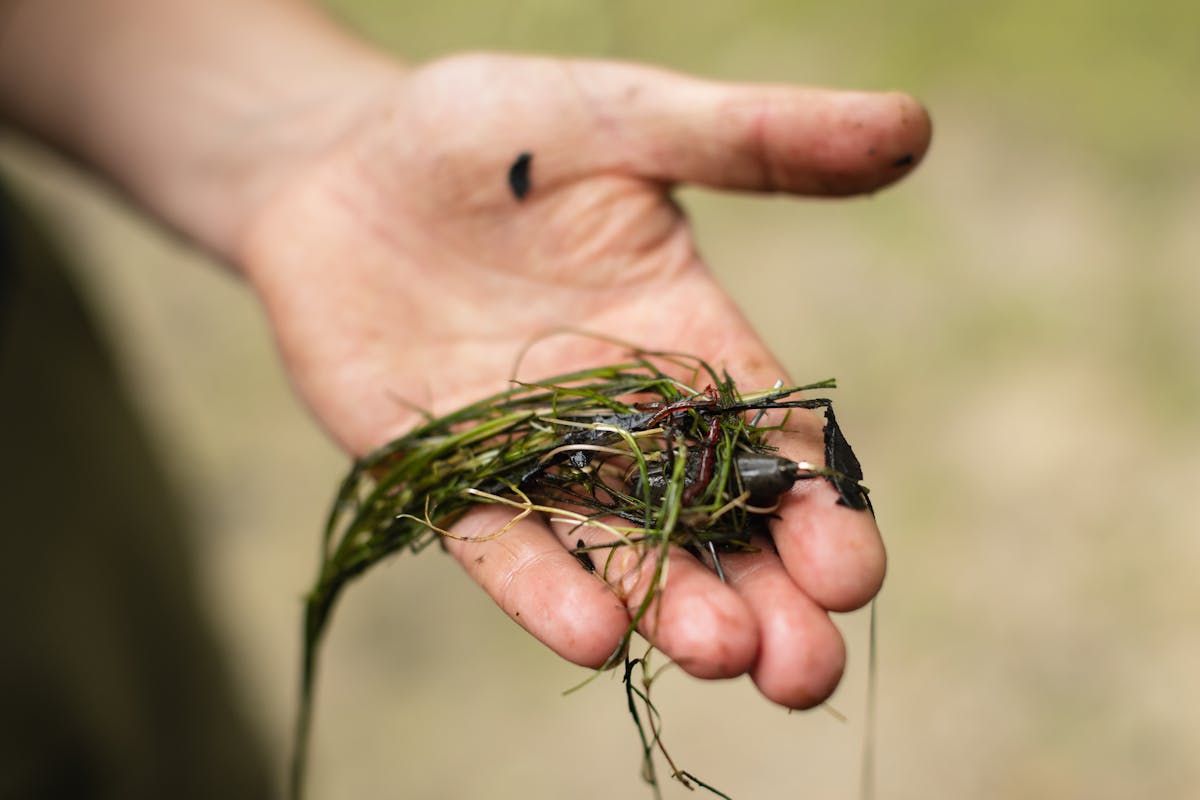
There are a few things I do when looking for the right spot to concentrate my efforts. I use a Marker/Spod rod, and a reel loaded with Marker Braid. Braid has zero stretch, meaning I can feel everything much more positively through the rod tip. When generally leading around, I like to use either a Heli or Tournament style lead. I find these patterns easier to pluck out of weed, enabling me to continue feeling the lakebed without having to constantly reel in to clear the weed from the lead. I will cast around the areas I want to fish, and continuously drag the lead until I find something worth investigating. Once I think I have found the spot, I position the rod where I would stop a cast to feel the lead down, then put the braid in the reels line-clip. I do this to make sure I land back onto the spot I think I have found. I will then cast around this area some more, making sure the spot is good, and to get an idea of how big it is, and what is surrounding it.
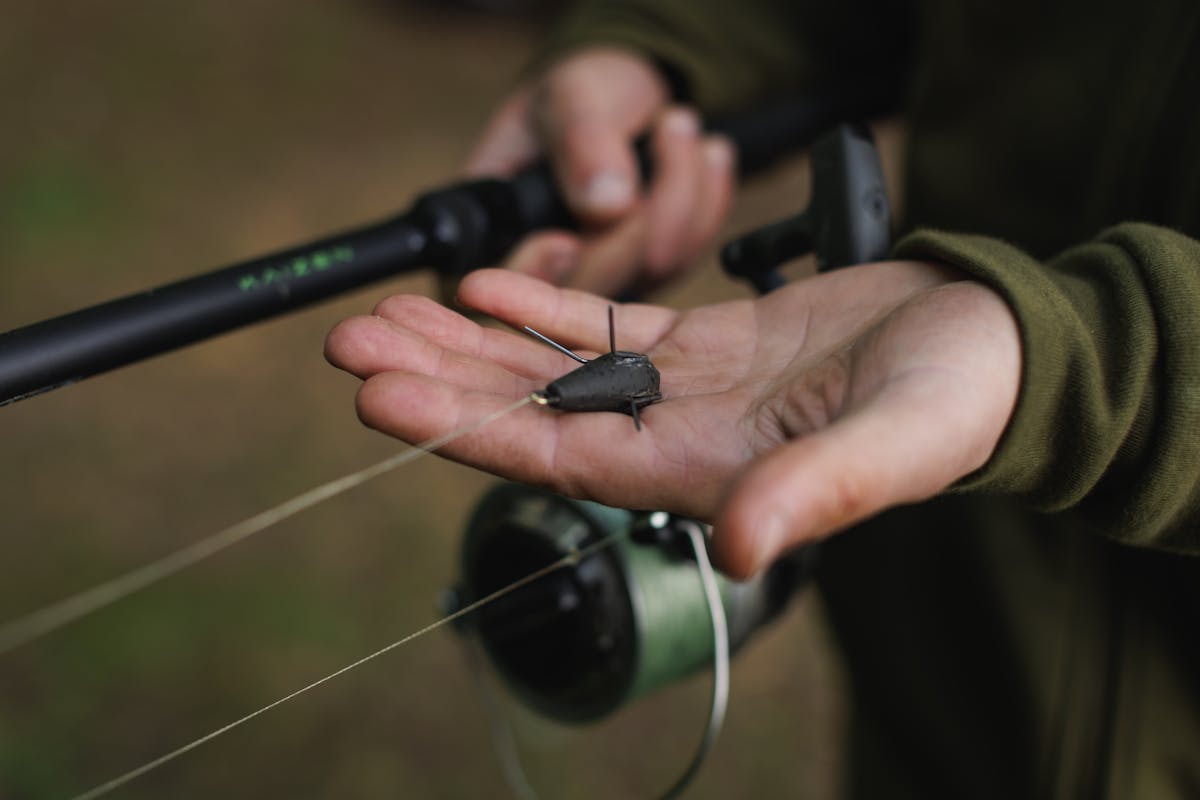
Once I am happy with the spot, I will then replace the standard lead with a pronged lead. I do this to investigate the spot further, as sometimes you can think a spot is clean, when in reality, it isn’t. This gives great information, as it dictates what rigs I would use and how I would bait the spot. Sometimes, this will also lead me to looking for a new spot, as it’s not as good as I first thought. The Pronged Lead really does give you information you wouldn’t find with a standard lead. I can think of multiple occasions when I have found bloodworm beds that I simply wouldn’t have found with a standard lead.
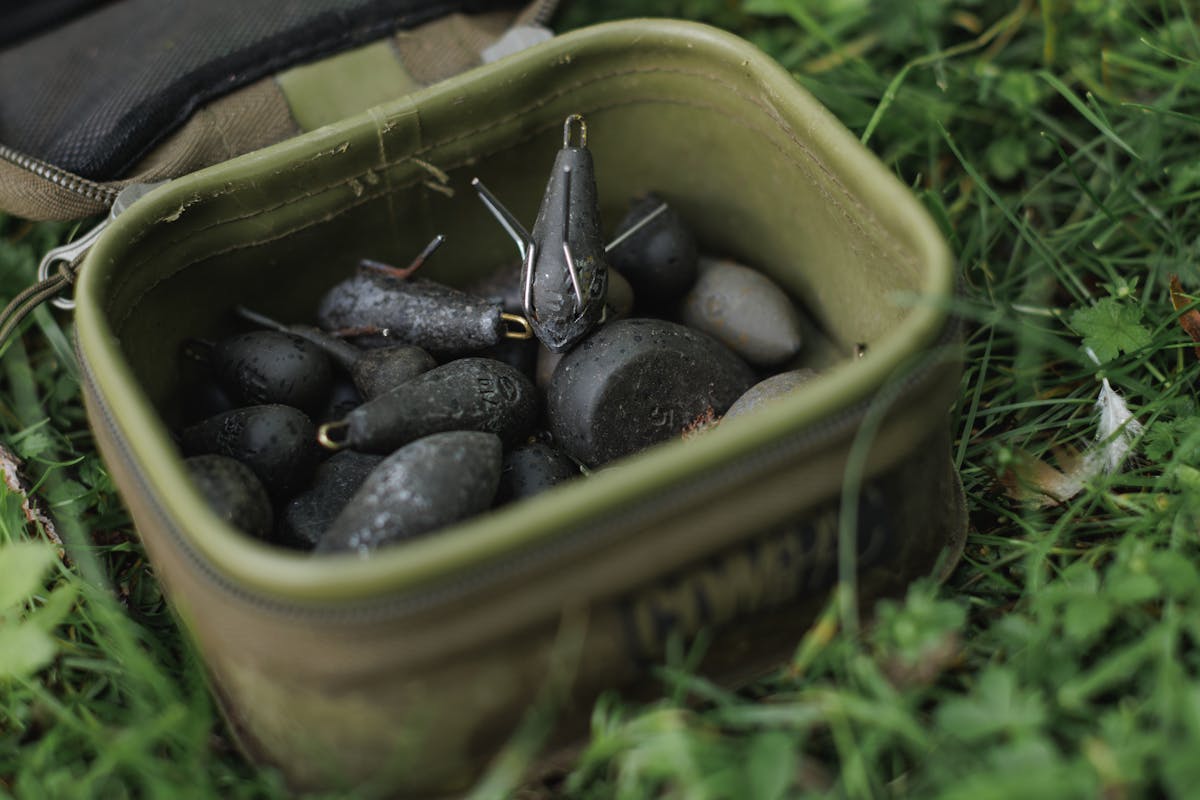
There are a couple more things that I do when leading about, and the first of these is when I find myself fishing siltier lakes. I will lift the lead off the lakebed and drop it back down to try and feel for firmer areas. These will not be obvious when dragging a lead across the bottom, but by bouncing the lead you can often find slightly harder drops amongst the soft silt. The next one is when looking for clay spots, I opt to use a lead with a textured coating. Clay sticks to the textured coating much easier than a conventional coating, making it easier for me to see if there is clay out on the spot.
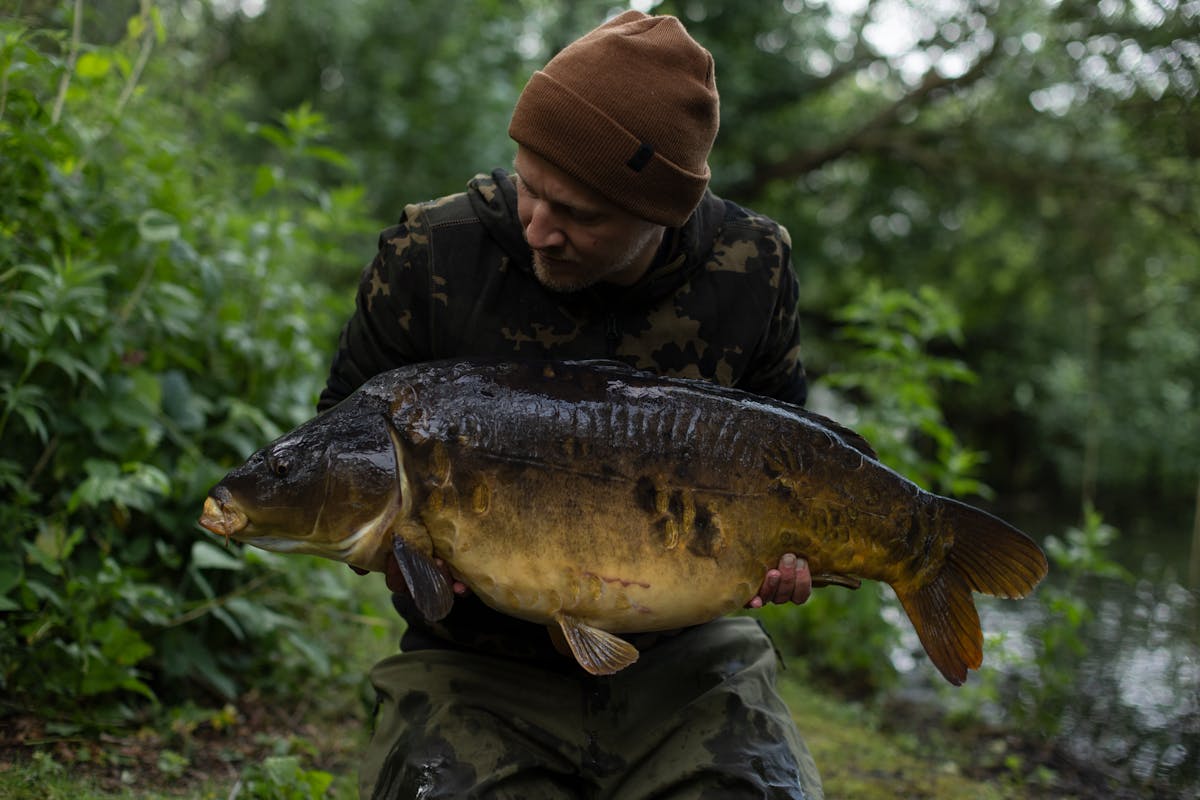
I would say with lakes being as busy as they are these days, it pays to take your time to find the best spots in your chosen swim. When the fish are pushed around the lake and end up in front of you, you can be confident that you are fishing 100% effectively on the best areas to get bites from.
Watch more of Scott's fishing here.
How to guides
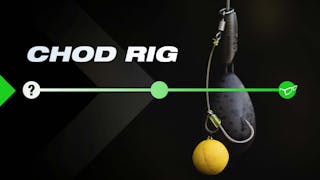
How To Tie The Chod Rig
Learn how to tie a Chod Rig, perfect, everytime!
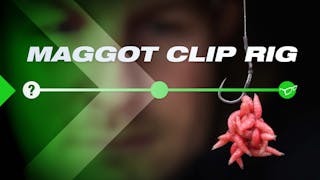
How To Tie The Maggot Clip Rig
Rob Burgess shows how to tie a simple, yet effective rig for presenting maggots
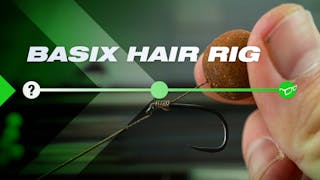
How To Tie The BASIX Hair Rig
Here is an easy to follow guide on how to tie a Basix Hair Rig
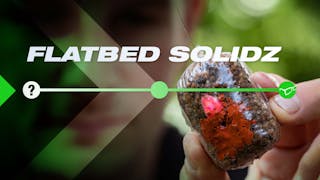
How To Tie The Solid PVA Bag (Flat Bed Style)
Korda Koach Rob Burgess show's you how to tie his Solid PVA Bag in his unique Flat Bed
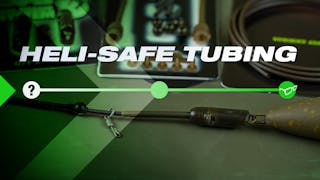
How To Set Up A Heli-Safe Tubing Kit
How to set up a Heli-Safe Tubing Kit

How To Tie A Combi Rig With Loops And Booms
Constructing a Combi Rig has never been easier!
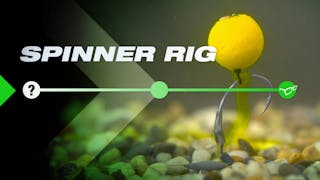
How To Tie Spinner Rig
Tom Dove explains how he likes to tie the famous Spinner Rig
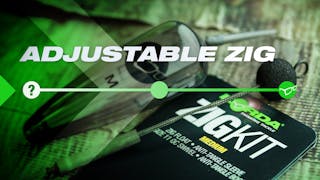
How To Use Adjustable Zigs
Dovey talks you through how easy adjustable zigs are to set up and exactly how to use
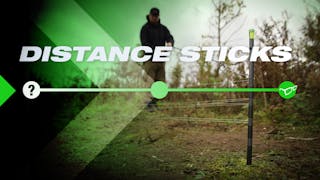
How To Use Distance Sticks
Distance Sticks are a key product in helping you fish spots accurately every time!
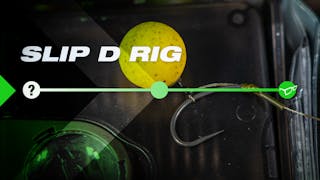
How To Tie The Slip D Rig
How to tie a simple, yet effective Slip D Rig
Advice and tips
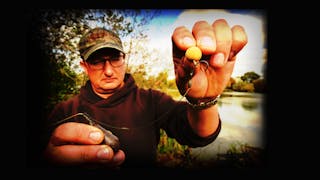
Danny Fairbrass on using the Multi Rig
Despite being a self-confessed ‘rig man’ DANNY FAIRBRASS took a while to try the multi
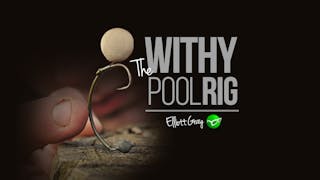
A Guide to the Withy Pool Rig
The Withy Pool Rig, Elliott Gray explains.
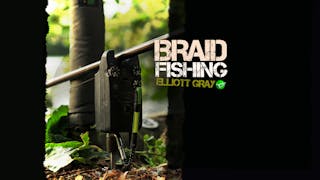
Ultimate Guide to Braid Line Fishing
Elliott talks braid and why he loves it.
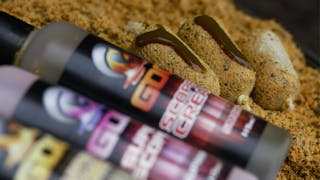
Jamie Londers - Goo Tips
Carp catching machine Jamie Londors talks the importance of Goo in his angling.
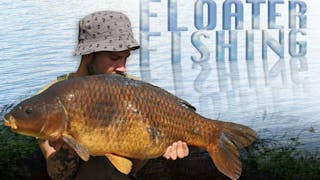
Elliott Gray - Floater Fishing
Elliott discusses one of the most exciting ways to catch them.
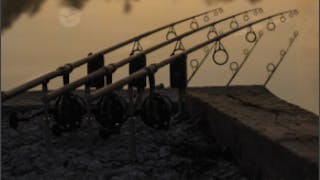
Elliot Gray - Particle Fishing
Particle fishing with Elliott Gray.
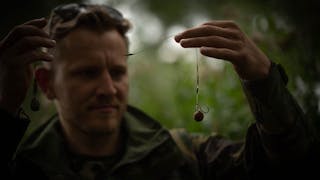
Scott Sweetman - Fishing In The Silt
Scott talks how and why he likes to fish in the silt.
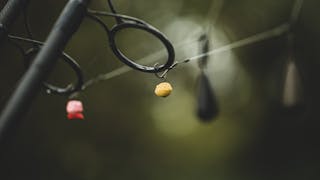
Luke Vallory - My Three Rigs
Luke explains what his go to set up is for bottom baits, wafters and pop-ups.
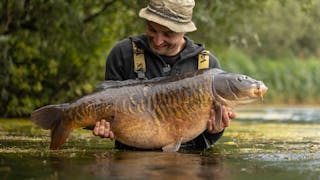
Tom Stokes - Fishing in Weed
Tom Stokes explains how to fish in and around the weed.
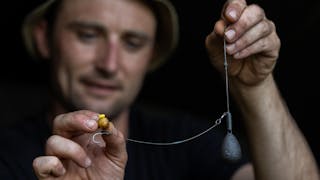
Tom Stokes - Why I Fish Heli Safes
Tom reveals how and why he fishes with Heli Safes.
Angler features
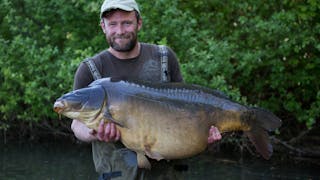
Darrell Peck - The Black Mirror
Peck recounts his campaign for one of Europe's best, 'The Black Mirror'.
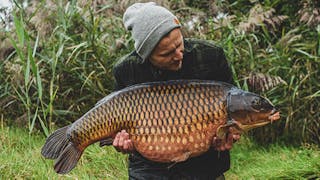
Scott Sweetman - Two A-Teamers In One Net
Scott Sweetman Tells The Story Of A Night He Will Never Forget
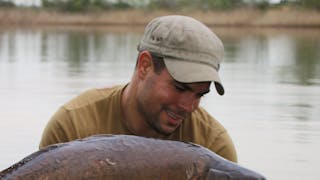
Marc Cavaciuti - Spring Tactics
Can discusses spring tactics in depth.
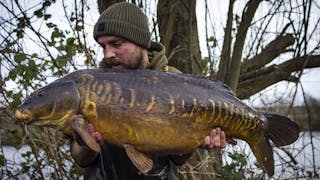
Barry Delderfield - The Campaign
Barry reflects on an incredible campaign on 'The Nunnery'
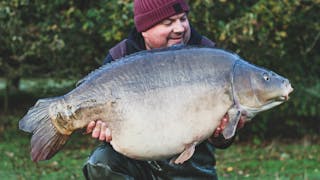
Dave Finn - A 35 Year Flame
A nostalgic reflection on Finny's 35 years in carp fishing.
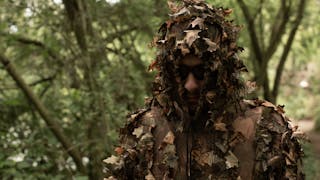
Elliott Gray - Fishing in the Edge
Elliott discusses his favourite way to catch them, in the edge.
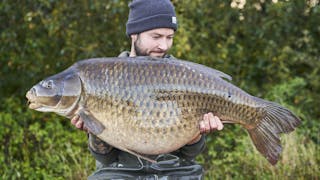
Elliott Gray - The Autumn Campaign
A campaign Elliott will never forget, ending in a huge UK common.
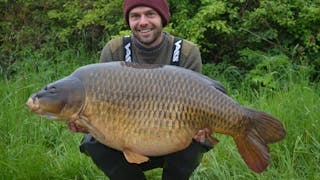
James Salmons - The Spring Campaign
The story of an epic spring campaign, ending with a huge UK common!
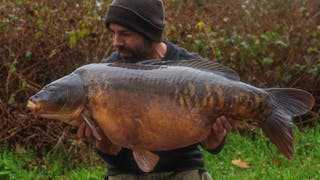
Luke Vallory - Autumn on Dinton Pastures
Luke reflects on a prolific autumn on the tricky Dinton Pastures.
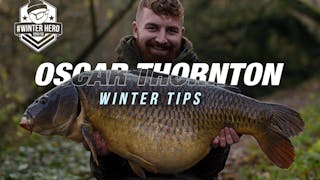
Oscar Thornton - Winter Mindset
Oscar reveals his biggest winter edges that makes his winter fishing so prolific.
Product focus
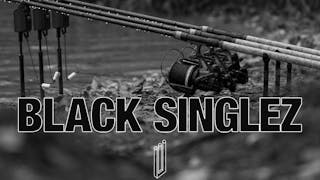
Black Singlez - Rod Support System
Introducing Tom Dove's Brainchild, the super-light Black Singlez rod support system!
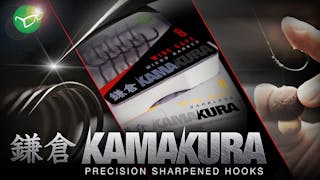
Kamakura - Precision Sharpened Hooks
We believe a sharp hook to be the single most important part of your tackle.
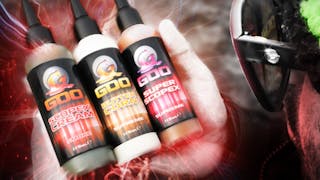
Kiana Carp Goo - Scopex and Buttercorn
Here's what you need to know about Scopex Cream, Super Scopex and Buttercorn Goo
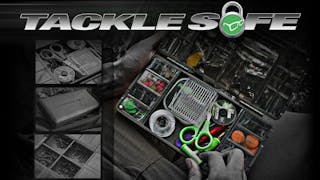
TackleSafe - Terminal Tackle and Rig Storage
The ultimate storage product for your essential items of terminal tackle.

Black & Whites - Bite indicators (Bobbins)
Here’s a look at the latest Black & White bobbins.
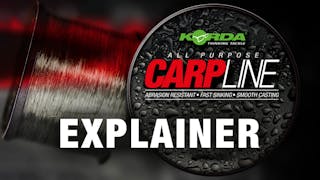
CarpLine - Monofilament Fishing Main Line
We reveal why Carp Line has won so many fans in the carp world.
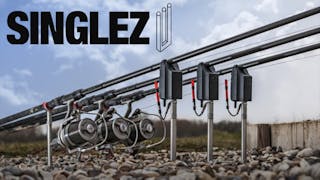
Singlez - Rod Support System
Everything you need to know about Singlez.
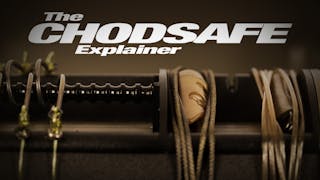
ChodSafe - Chod Rig Storage
The ChodSafe is the mother of the RigSafe family.
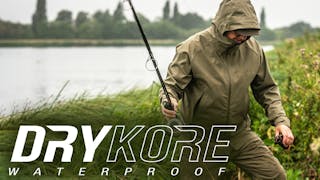
Drykore - Waterproof Clothing Range
The DRYKORE range is breathable, lightweight, and constructed from industry-leading 15K
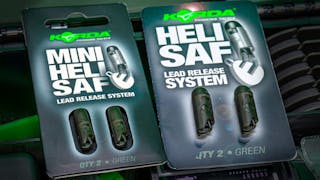
Heli-Safe - Lead Systems
A uniquely designed product allowing the angler the choice to drop their leads while
Related news
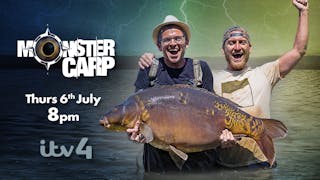
Monster Carp Returns With Season 8 at 8pm, July 6th!
04.07.2023
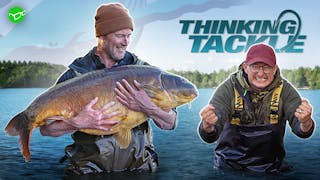
Thinking Tackle Returns To Gigantica! Here's the details
04.08.2023
Darrell Peck and Danny Fairbrass Return To Gigantica! Watch On Youtube - Available Now
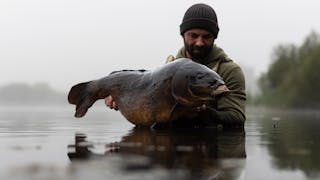
A good as Carp get! Luke Vallory catches Coins
02.10.2023
Coins a special carp caught by Luke Vallory

Korda Vlog 007 Out Now!
26.02.2024
Johnny Old and Oscar Thornton's Winter Carp Fishing Carnage!
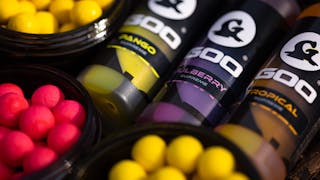
Goo, NEW hooks and more in our latest product launch!
15.03.2024
March 2024 Product Launch
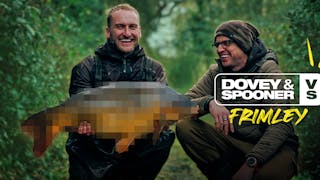
Out Now: Spooner and Dovey's Latest Episode at Frimley
17.03.2024
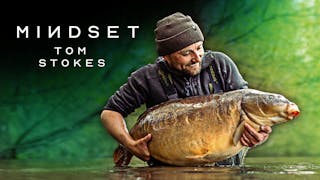
Tom Stokes at Stoneacres is out THIS SUNDAY
12.04.2024

Spooner's Tactics Fishing The Secret Lake
03.05.2024

BIGGEST carp caught by a female angler in the UK! 🎣🔥 WOW!
31.05.2024
Naomi Turner's RECORD BREAKING catch!

You Care, We Care, Fishcare & More New Products
28.06.2024
June 2024 Launch - A range of eagerly awaited products are now available in stores.

Fishing: Darrell Peck Catches His 100th UK Carp Over the Magical 40lb Mark! | Korda
05.07.2024

‘What We Thinking Tackle” Danny Fairbrass in Hungary
20.10.2024
‘What Were We Thinking Tackle” Danny Fairbrass in Hungary
